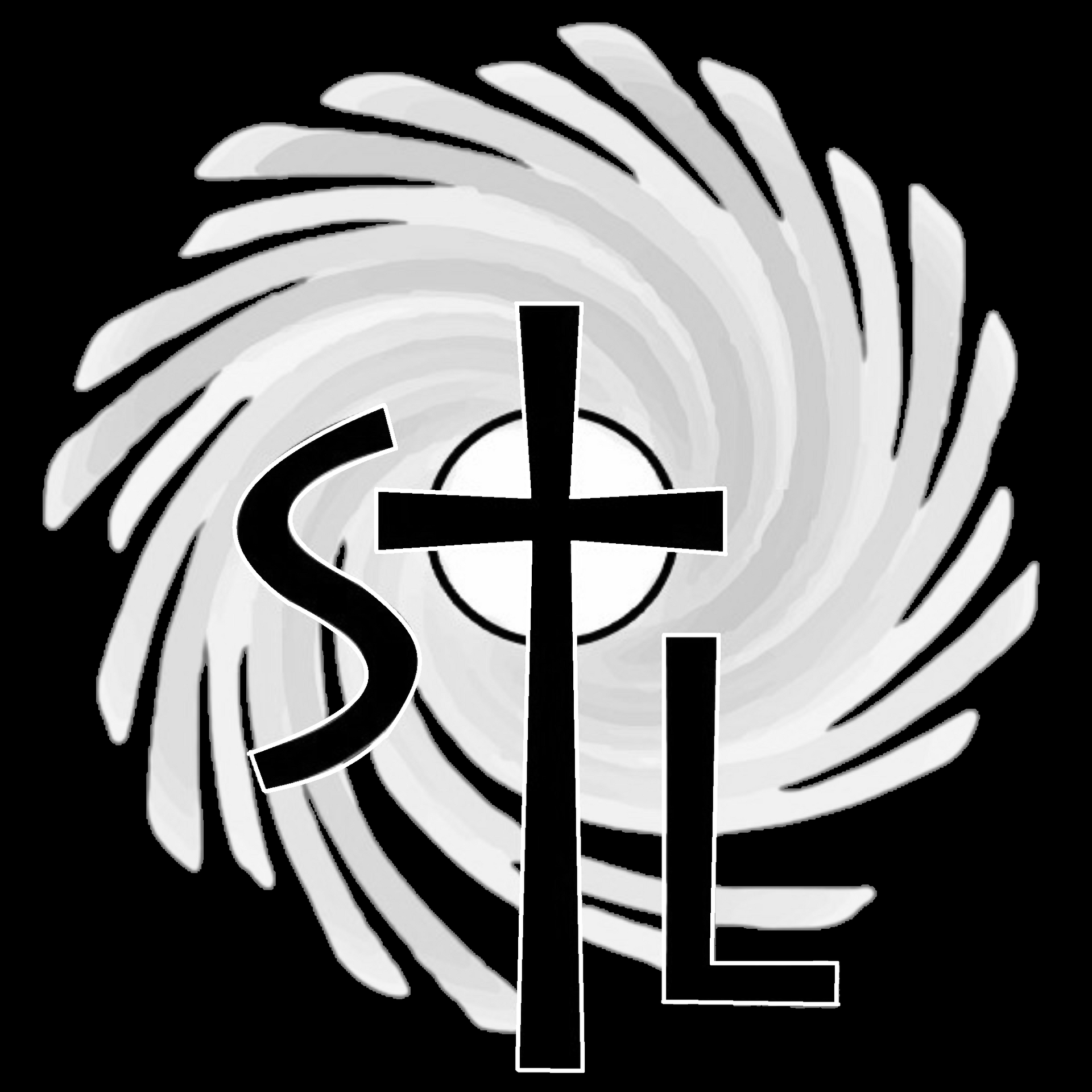Welcome to St. Leonard
Upcoming Events
News & Reflections

Knights of Columbus Council #6448 and St. Leonard's Christian Formation program are pleased to announce that they donated $4,525 in gift cards and 95 gift bags to St. Francis de Sales Seminary through their collection in November 2025. This beats the previous record value of $3,344 in 2024. We express our heart-filled gratitude to our entire faith community, as this collection was made possible by the generosity of St. Leonard parishioners and all other individuals who donated. The annual Sentiments for Seminarians Collection seeks to help local seminarians supplement some of their basic needs with gift cards. Knights of Columbus Council #6448 explains, "Since seminarians don’t get paid, have no jobs or vacations, it’s often hard for them to obtain many simple, needed items and travel when and where they need to," ( read more on the Knights of Columbus webpage ).

October is the month dedicated to the rosary in the Catholic Church. It is a meditative prayer that helps us engage with the mysteries of Christ ( The Catechism of the Catholic Church #2708). The Church’s devotion to Mary does not replace or compete with adoration of God, rather, leads us to Christ through her inspiration and intercession ( CCC #971). Our school gathered for an outdoor rosary led by the sixth grade class, Fr. Pat, and parishioner Mary Dibb. Did you know that our older students pair up with younger class “buddies” for Mass and other prayers? What a great way to integrate faith, cooperation and leadership!

We had a great time at our annual parish picnic! Thank you to the Pastoral Council for hosting the event. Thank you also to parishioner Wes Niemcek and another anonymous parishioner for the photos. We can't wait to celebrate our faith community again next year! Click the arrows to the left and right of the picture below to see our photo gallery.


